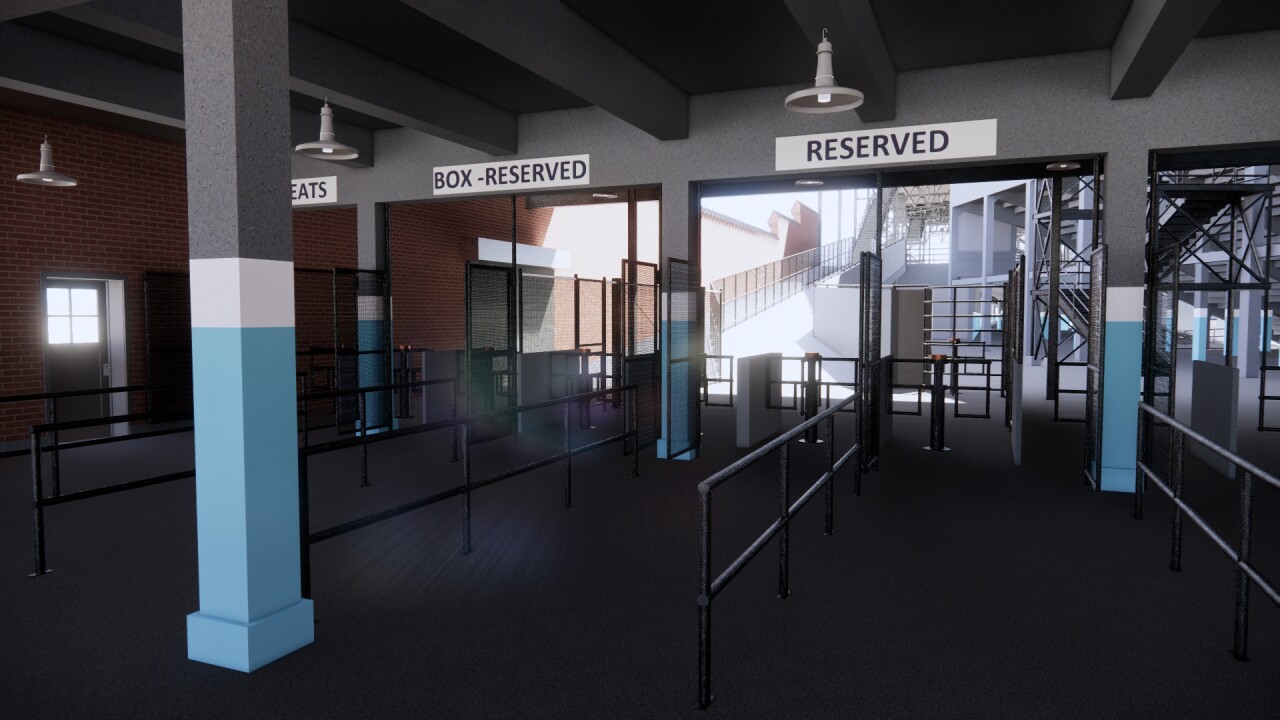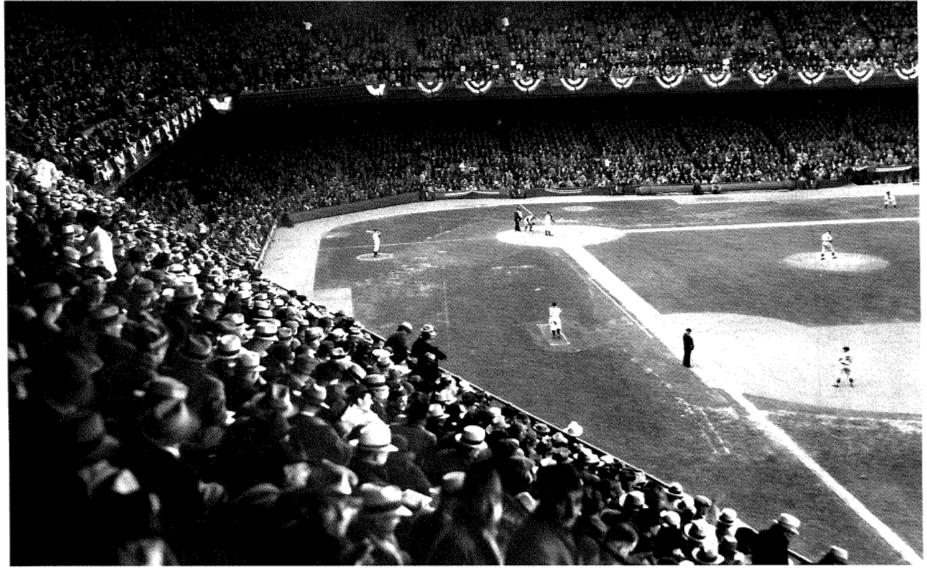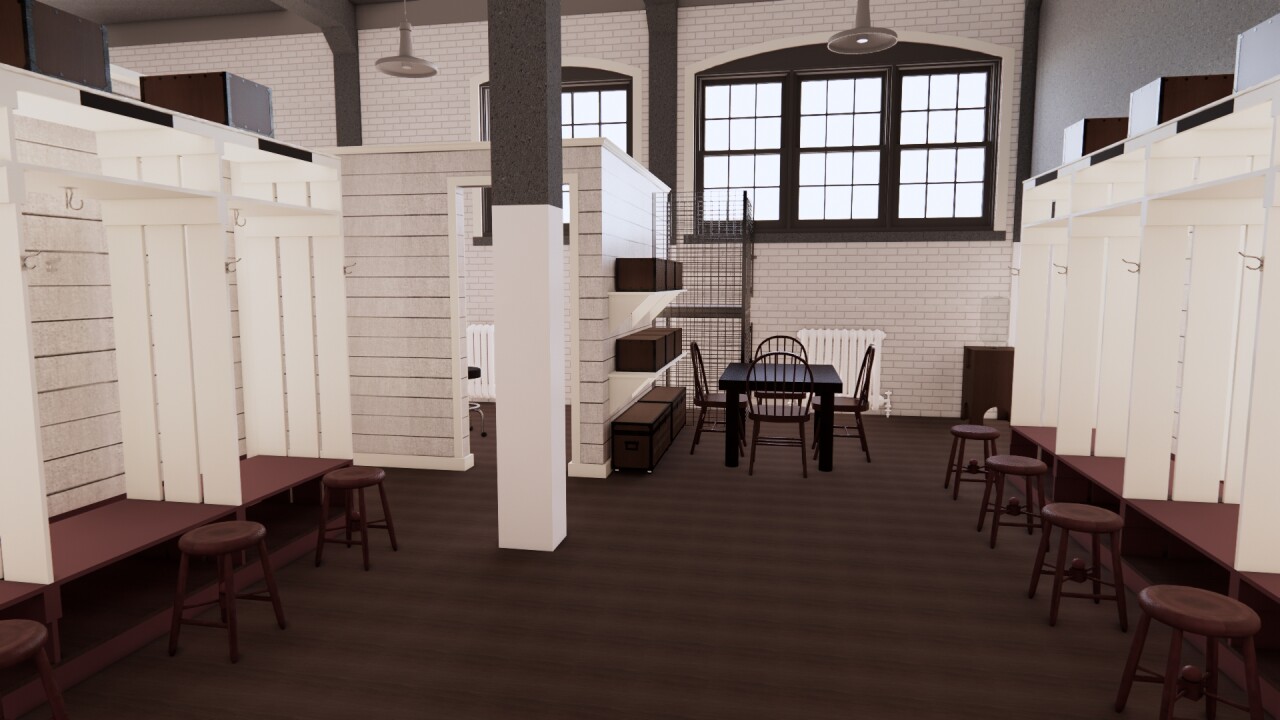CLEVELAND — Baseball fans will be able to get their best view in decades of what Cleveland’s historic League Park looked like in the coming weeks, thanks to the tinkering on nights and weekends from a ballpark historian and architect living in Chicago.
Brian Powers has been working on a digital rendering of League Park for months, tweeting out updates, quirky facts, and images of the ballpark on his Twitter account.
He re-created Chicago’s Comiskey Park last year, roughly 30 years after visiting the ballpark during the last year that baseball was played there.
“When I visited the old [Comiskey] Park, I was quite surprised that nothing was being done to preserve the legacy of the old park,” said Powers.

That inspired him to sketch and document what he saw, eventually using plans and those sketches to create an immersive digital experience showing what the stadium looked like from every angle.
“As technology advanced, I wanted to find creative ways to share these stories with people and fans and bring these facilities back to life again,” said Powers.

With Comiskey behind him, Powers turned to League Park.
Powers says League Park doesn’t enjoy the same national recognition that other old ballparks did, like Yankee Stadium, Forbes Field, or Shibe Park, and there aren’t nearly as many pictures of the location on East 66th Street and Lexington.

He was still interested because his mother’s side of his family is from Cleveland. His grandfather ran a Hungarian grocery store near Buckeye Road and would attend games in the 1940s, some of the last seasons that the park was operational.
The recreation was helped by a trip Powers made to League Park in the mid to late 90s where he saw an active field that was in disrepair. On that trip, Powers was able to see the original plans from the vault of Cleveland company Osborn Engineering.

Osborn is responsible for building or renovating baseball stadiums across the country, including Comiskey Park, Fenway Park, Yankee Stadium, and League Park.
“I was able to view the original linen drawings for League Park,” said Powers. “These were the actual ink on linen.”

That extensive research allows Powers to use architectural design software to recreate the quirks of a ballpark that was squeezed into the middle of a densely-packed Hough Neighborhood at the end of the 19th Century.
“They’re trying a lot of things that in some cases worked and in some cases maybe didn’t work,” said Powers.
Cut-away floor plan views of the 3 concourse levels (Ground, Main & Upper) in the main grandstands of #Cleveland's old League Park. #Indians #Virtual #LeaguePark pic.twitter.com/gPQRwou74V
— Bandbox Ballparks (@SportsBandbox) February 23, 2021
The project has been able to identify and show dumbwaiters that got food and drinks from the concession stands to fans, the intricate construction of the stadium’s walkways, and even a bathroom that appears to have had a view of the diamond.
“It’s probably something that would have been lost to history had I not started to look at this thing in three dimensions,” said Powers, referring to the oddly-placed bathroom. “I think these toilets had a view to the field. I don’t think any other ballpark has that ability.”

Powers' work comes at a time when Cleveland baseball fans are drawing on the teams’ past to consider its future.
The Indians have already announced it will change the team name soon, sparking fans to suggest a long list of new monikers, including “Spiders.”

“I’m excited for the future,” said Michael McFarland, who has been leading the charge to change the name to Spiders. “I’m in love with the team. I’m not in love with the iconography or the [Indians] name.”
McFarland started printing up t-shirt and making hats with his own Spiders logo during the 2016 World Series after speaking with Native American representatives frustrated by the team’s name and logo. Some of the profit from his shirts go to the Lake Erie Native American Council and the First Nations Development Institute.

While the Spiders are largely known for a 20-134 record in 1899, McFarland points out the team was a league champion just a few years before. The team’s owner, angered by declining attendance, “punished local fans by transferring the Spiders' talented players to the St. Louis team he had purchased in July 1898,” according to the Case Western Reserve University Encyclopedia of Cleveland History.
“It’s that such a quintessential Cleveland story,” asks McFarland. “Things are going great, things are hopping and then someone way up the chain decides to take all the good things and take them elsewhere.”

The early 1890s teams were also blessed with a young pitcher who would go on to be a baseball legend: Cy Young.
“That was the team we won our first championship under, that was the team Cy Young spent the most [years] of his career with, that was where professional sports really got started here in Cleveland and we were winners,” said McFarland. “So let’s get back to that.”

Now, Powers’ project gives fans like McFarland a chance to see a stadium that was mostly gone by the time they could have appreciated it.
“Being able to stand on the pitcher's mound at League Park and look around and see what it was like, I get a little emotional just thinking about it,” said McFarland.
“Baseball, unlike any other sport has really been the glue of society in the 100-plus years that have passed,” said Powers. “It’s seen and witnessed a lot of change.”
Just outside the League Park gates, the corner of East 66th and Lexington looks vastly different from the time when Babe Ruth powered a home run over the incredibly tall right field fence into the Hough Neighborhood outside.

Years of disinvestment after baseball left Hough coupled with redlining left behind a neighborhood of large plots of open land where tightly-packed homes and buildings used to stand.
In the last few months, News 5 Cleveland has highlighted some efforts to reinvest in that neighborhood. The GO Green Energy Fund is creating a solar project that could help limit utility bills and build equity in the neighborhood. Cleveland Public Library is building its Hough branch across the street from the ballpark. Developers like Cleveland Custom Homes’ Jeff Crawford and Shelia Wright’s Allen Estates will offer a path to home ownership that doesn’t exist right now.

Powers hopes fans can appreciate the years of wins and losses both in and out of the ballpark when they explore his recreation.
“Baseball’s nostalgic,” said Powers. “You want to be able to capture those emotions. That’s the beauty of the sport.”

Powers says he’s hoping to release a full video of League Park in the next few weeks depending on when he’s able to finish it. He squeezes in work on the project around a full-time job on nights and weekends.
Baseball Heritage Museum Director Ricardo Rodriguez tells News 5 the museum plans to have an interactive screen where visitors can
You can learn more about League Park in the book League Park: Historic Home of Cleveland Baseball.
You can visit the Baseball Heritage Museum at League Park Fridays and Saturdays from 9 a.m. to 3 p.m. and by appointment.
Download the News 5 Cleveland app now for more stories from us, plus alerts on major news, the latest weather forecast, traffic information and much more. Download now on your Apple device here, and your Android device here.
You can also catch News 5 Cleveland on Roku, Apple TV, Amazon Fire TV, YouTube TV, DIRECTV NOW, Hulu Live and more. We're also on Amazon Alexa devices. Learn more about our streaming options here.







